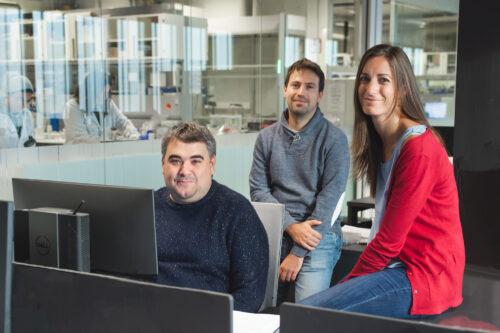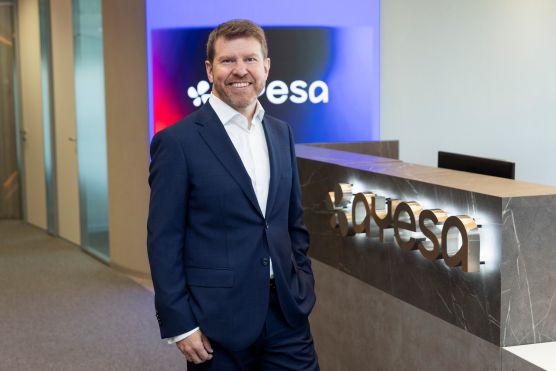CIC energiGUNE researches the application of pulsed lasers in the manufacturing process of solid-state battery cells

The work is part of the European PULSELiON project, which involves 16 European companies and research centres and whose kick-off meeting took place today at RISE (Research Institutes of Sweden) in Stockholm
The aim of PULSELiON is to develop a manufacturing process for Generation 4b solid-state batteries that is safe and efficient and improves the energy density and safety of the devices
 CIC energiGUNE, a leading Basque research centre in energy storage specialising in batteries, thermal energy solutions and hydrogen technologies, and a member of the Basque Research & Technology Alliance-BRTA, will research the development of new battery manufacturing technologies using the pulsed laser technique. This work is part of the European PULSELiON project, which aims to develop a production process that improves the safety and energy density of solid-state batteries and opens the door to large-scale production of this type of device.
CIC energiGUNE, a leading Basque research centre in energy storage specialising in batteries, thermal energy solutions and hydrogen technologies, and a member of the Basque Research & Technology Alliance-BRTA, will research the development of new battery manufacturing technologies using the pulsed laser technique. This work is part of the European PULSELiON project, which aims to develop a production process that improves the safety and energy density of solid-state batteries and opens the door to large-scale production of this type of device.
“Solid-state electrolytes make it possible to overcome the current limitations of battery cells in terms of voltage and safety,” said Jokin Rikarte, CIC energiGUNE’s Principal Investigator on the project. “But for them to take off definitively as an alternative to conventional liquid electrolyte devices, we need to develop manufacturing technology that improves the energy density and safety of the devices, and this is where the PULSELiON project is focused,” he said.
In this sense, the PULSELiON project, in which CIC energiGUNE participates together with 15 other European entities, aims to develop a manufacturing process for Generation 4b solid-state batteries based on a lithium metal anode, a solid sulphide electrolyte and a nickel-rich NMC cathode. Through a novel pulsed laser deposition technique, already developed by project partner PULSEDEON, it will be adapted and modified in a one-step vacuum process for the safe and efficient fabrication of anode components composed of lithium metal, protective layers and sulphide-based solid electrolytes.
Initially, the anode and cathode layers will be developed on a small scale to manufacture button cells and monolayer cells, thus optimising materials and process. Subsequently, solid-state cells will be developed through optimised process routes and scaled up to 10 Ah solid-state batteries through a pilot line proof-of-concept involving the assembly of several units. In addition, digitisation will be incorporated into the process modelling, enabling efficient process optimisation.
Throughout this development, the European Union’s commitment to obtain a highly efficient and high-performance battery model that will make it possible to achieve the goal of having a fleet of 30 million electric vehicles in Europe by 2030 is very much present. It should be remembered that solid-state electrolytes overcome the current limitations of battery cells in terms of voltage and safety – reducing the risk of lithium dendrite formation – leading to greater thermal and electrochemical stability.
The PULSELiON consortium, which held its kick-off meeting today at the headquarters of the project leader (RISE-Research Institutes of Sweden) in Stockholm, includes two representatives from the Basque R&D Alliance BRTA (CIC energiGUNE and Ikerlan). CIC energiGUNE’s work in PULSELiON involves leading the “Optimisation of processes and interfaces at laboratory scale” working group, as well as participating in the “Manufacturing of small and large cells” and “Cell testing and safety” work packages.




